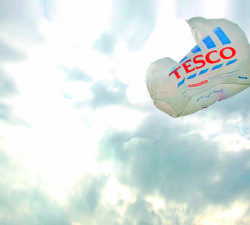Keeping the customer satisfied is key to creating a ‘super ’brand, but maintaining that success is notoriously difficult, argue Charlie Dawson Seán Meehan.
Businesses that understand what really matters to customers and then innovate on their behalf become leaders in their sectors and often beyond. They are not hemmed in by a product-based definition of what they do.
In 30 years, Tesco went from being number three in the UK grocery market to being the third largest global retailer by doing business this way. With the same mindset, Amazon has gone from selling books to selling pretty much everything.
We have spent seven years researching why, having mastered this elusive way of doing things, Tesco fell so spectacularly from grace. Furthermore, our research suggests that Amazon will one day go the same way.
The way people in a business do things comes down to the unspoken shared beliefs they have about success and how it is achieved. One set of beliefs is natural: the…


